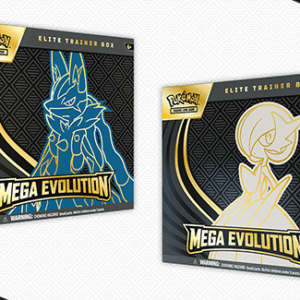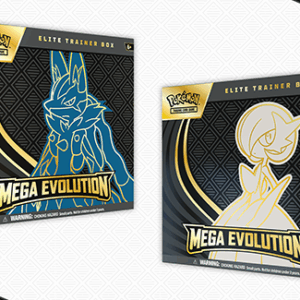In an era where digital innovations often eclipse tangible treasures, a resurgence in the world of card collecting is quietly captivating a whole new audience, and the revered basketball legend Ray Allen is sliding comfortably into its burgeoning ranks. The celebrated NBA Hall of Famer isn’t just sitting in a trophy room reminiscing about his former glory days on the court. Instead, he’s upped the ante by jumping enthusiastically into the arena of high-stakes card collection—a hobby most often associated with fervent fans but now, increasingly, with the sporting giants themselves.
A move that would make any ardent collector’s heart race, Ray Allen recently made waves by acquiring his own Upper Deck Exquisite Dual Logoman Card. His Instagram announcement was akin to the booming sound of a basketball swishing through the net, holding up the ultimate prize—a premium card etched forever with the fabric of his legacy. The card features iconic patches from jerseys Allen once sported and those of his erstwhile Milwaukee Bucks teammate, Michael Redd. A small square of embroidered memory, each patch is sourced directly from authentically worn jerseys, an emblem of authenticity, history, and prestige. The elite nature of these cards is significant, having carved a niche within the sports memorabilia universe.
Considered the “Ferraris” of trading cards, Logoman cards are to collectors what those fabled vintage wines are to connoisseurs—rare, exquisite, and endlessly desired. The emblematic patches sport not just a player’s number but a narrative stitched within—the yarns of passion, performance, and sporting history interwoven through every thread. The presence of these patches within Upper Deck Exquisite, arguably the pinnacle of card design, elevates them from mere collectible to veritable relics of athletic artistry.
Ray Allen’s celebrity status and his choice to personally venture into such collecting territory hint at a broader cultural shift within the world of sports memorabilia. If the fandom of the past hinged on fans coveting cards of their sports idols, today’s evolution brings those very icons into collectorhood. It’s surely a heady circle: once revered as subjects on cardboard landscapes, sports personalities now traverse this nuanced terrain with the same enthusiasm as long-time aficionados.
This transformation signifies an intriguing development in the narrative of sports culture. Now, players themselves cherish the very cards that immortalize their achievements. This intertwines their legacies with the collector psyche, forging stronger bonds between the two worlds. For Allen, entering the fray as both memorabilia subject and collector inverts the traditional dynamic, offering a fresh layer of engagement with history and sports fans alike.
Allen’s strategic maneuver also hints at a nuanced acknowledgment of the rich cultural and historical tapestry surrounding trading cards. These rectangles of cardstock encapsulate more than face values or stats—they are portals to pivotal moments, both personal and public. The provenance of a card, especially one as significant as the Dual Logoman, lends a tangible dimension to an intangible legacy. That athletes like Allen are anchoring themselves with such physical testaments speaks not only to their enduring humility but to an evolved understanding of their own enduring impact.
Moreover, as more athletes like Allen inch into the fandom typically reserved for spectating audiences, they unwittingly catalyze a renaissance within the collectible industry, breathing new life into a pastime that captures human achievement on a 3.5×2.5-inch canvas. Their participation reflects a shared human heritage, knitting together past triumphs and present passion with the threads of nostalgia and narrative.
In the case of Ray Allen, his role as an active participant in the very hobby that celebrates his career adds layers to his storied legacy, transforming him into a multifaceted figure within the sports community. This crossover not only solidifies his place in the annals of basketball history but serves as a beacon, drawing fans and players alike to view collecting not just as a hobby but a testament to history composed of twelve-point scripts and embroidered logos.
In the ever-dynamic landscape of sports memorabilia, where fleeting moments are eternally captured in pixelated form, the substantive and tactile has found renewed favor. With legends like Ray Allen leading the charge, the hobby is bathed in a new light, radiating warmth from the hands of those who’ve been woven into its very fabric. This renaissance begs a delightful consideration—might the legendary athletes of today be the pioneering collectors of tomorrow, forever altering the course of fandom in a game that ceaselessly captivates the world?






